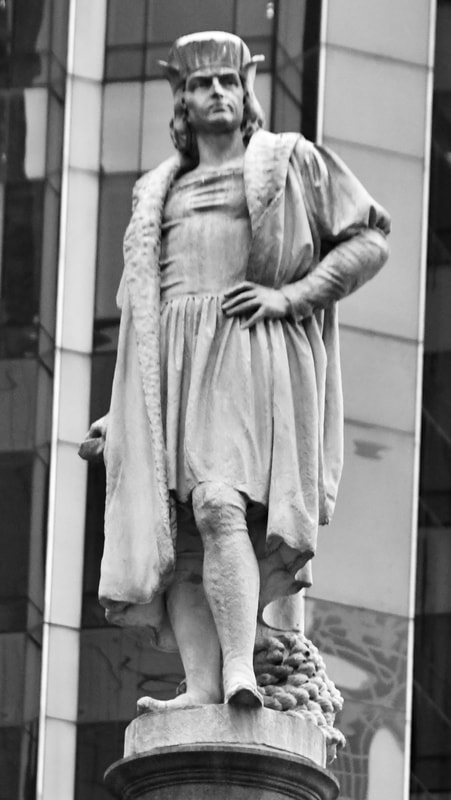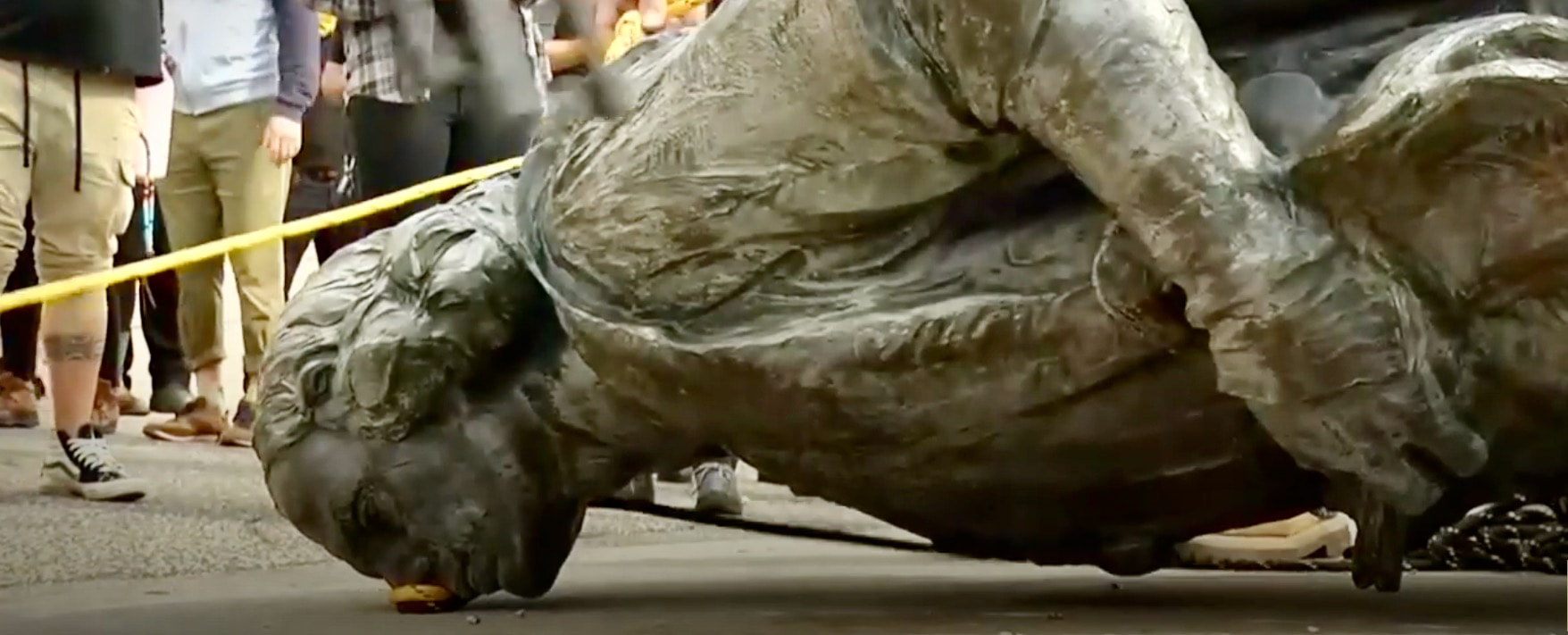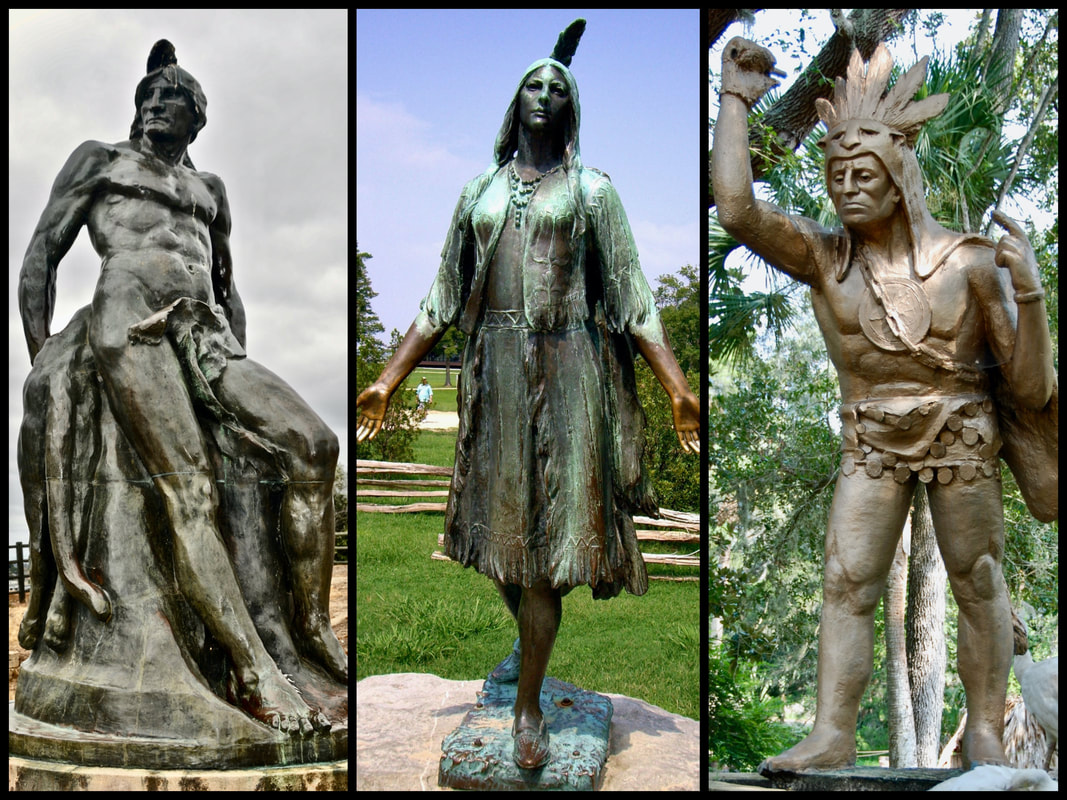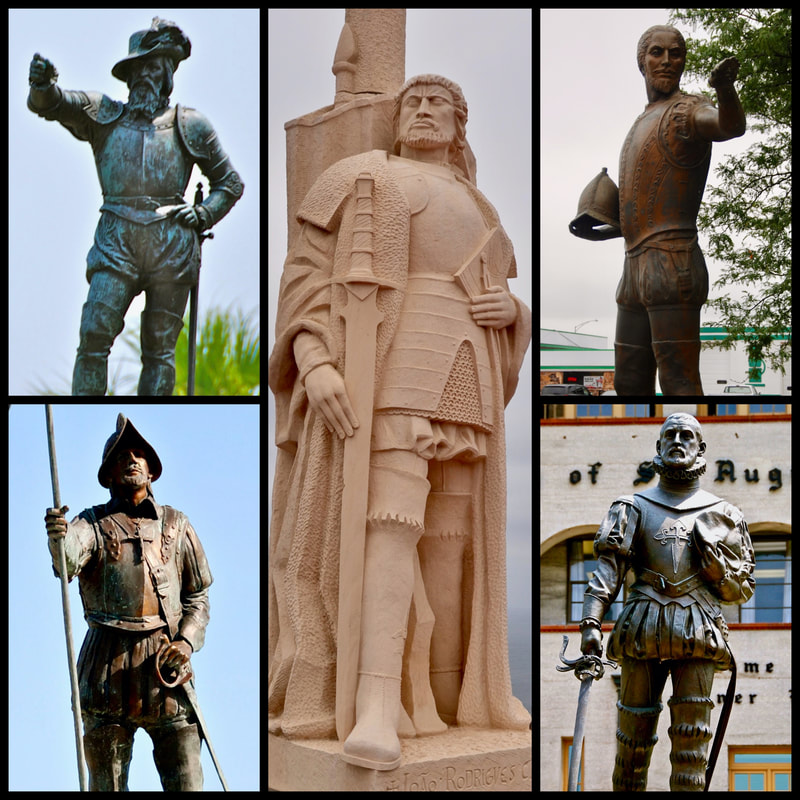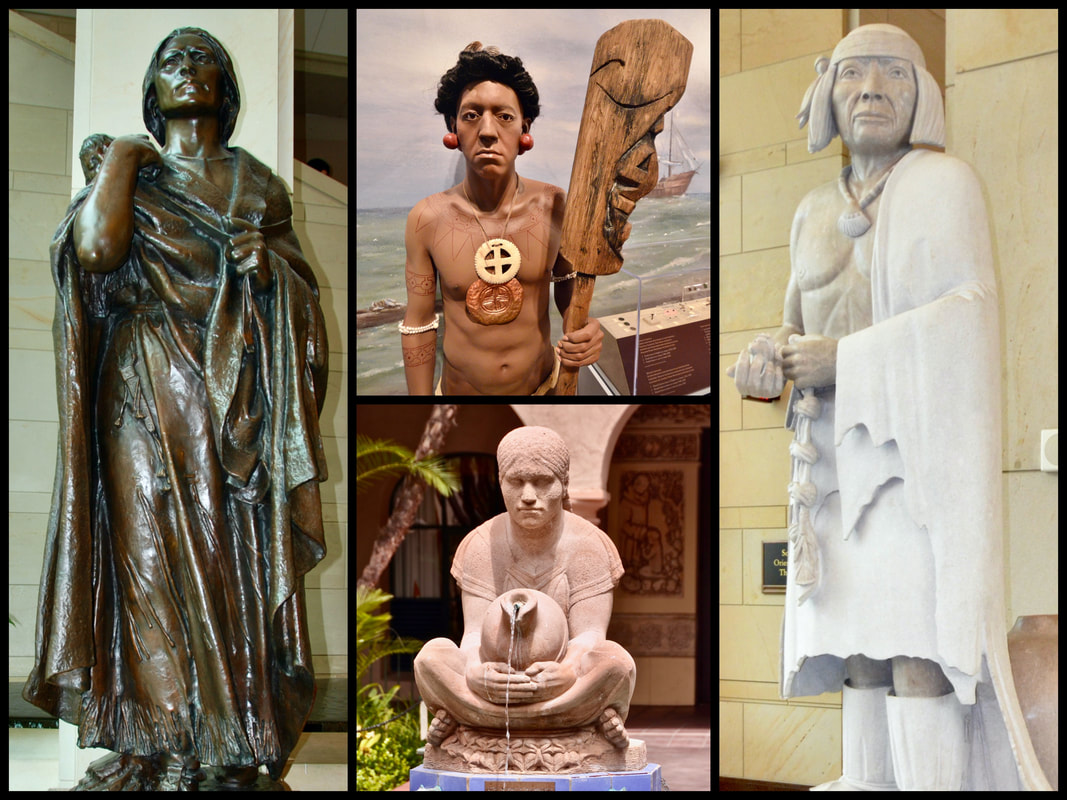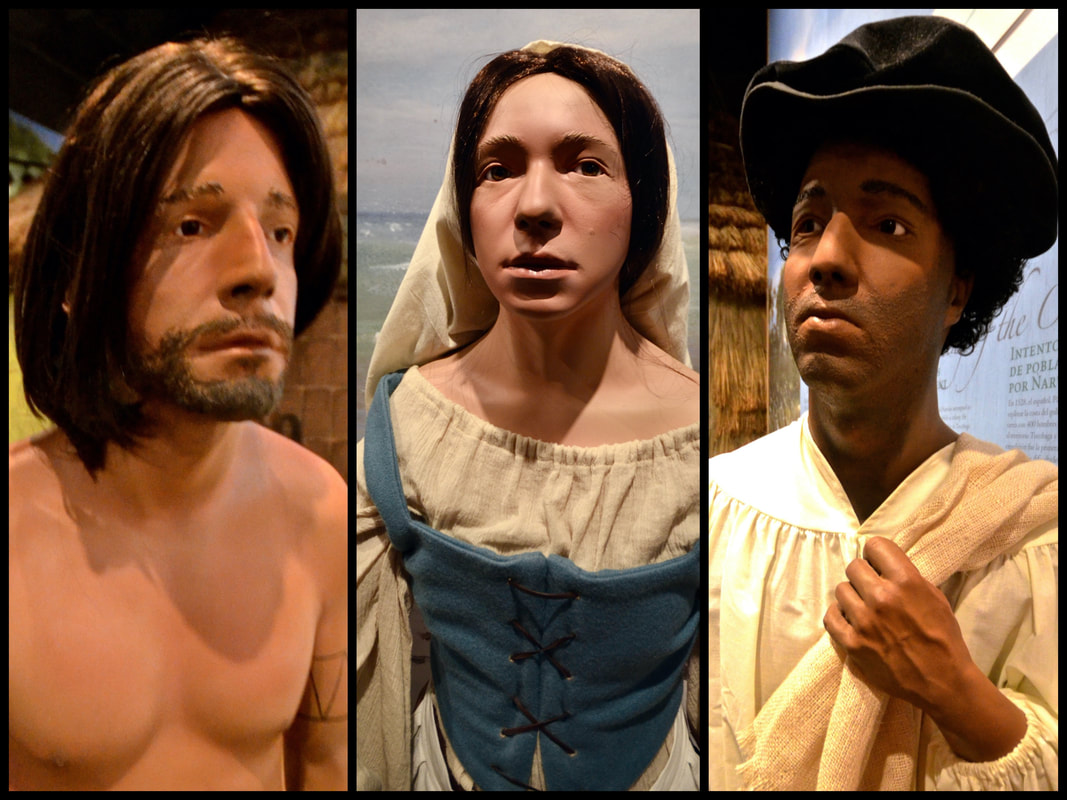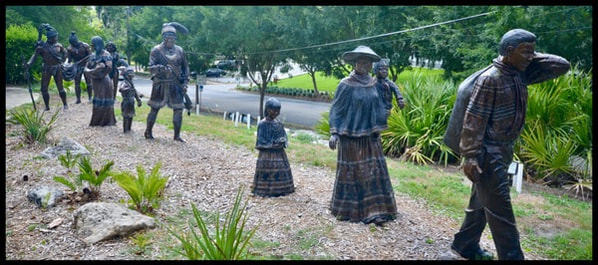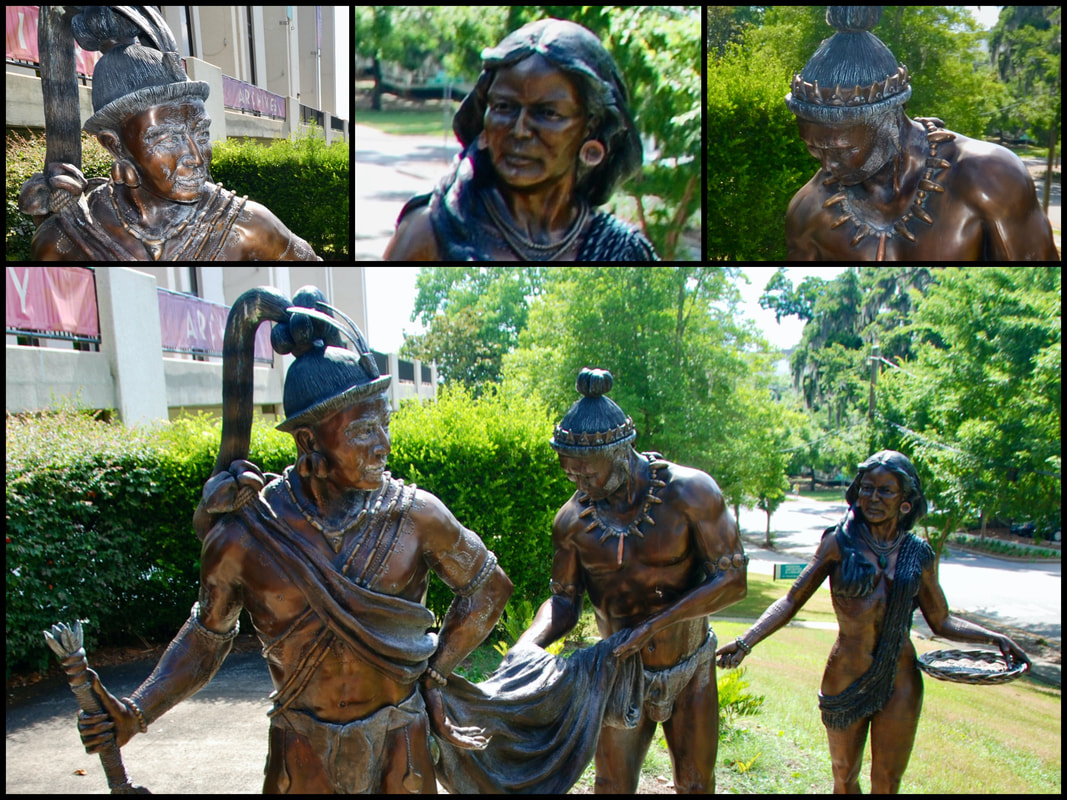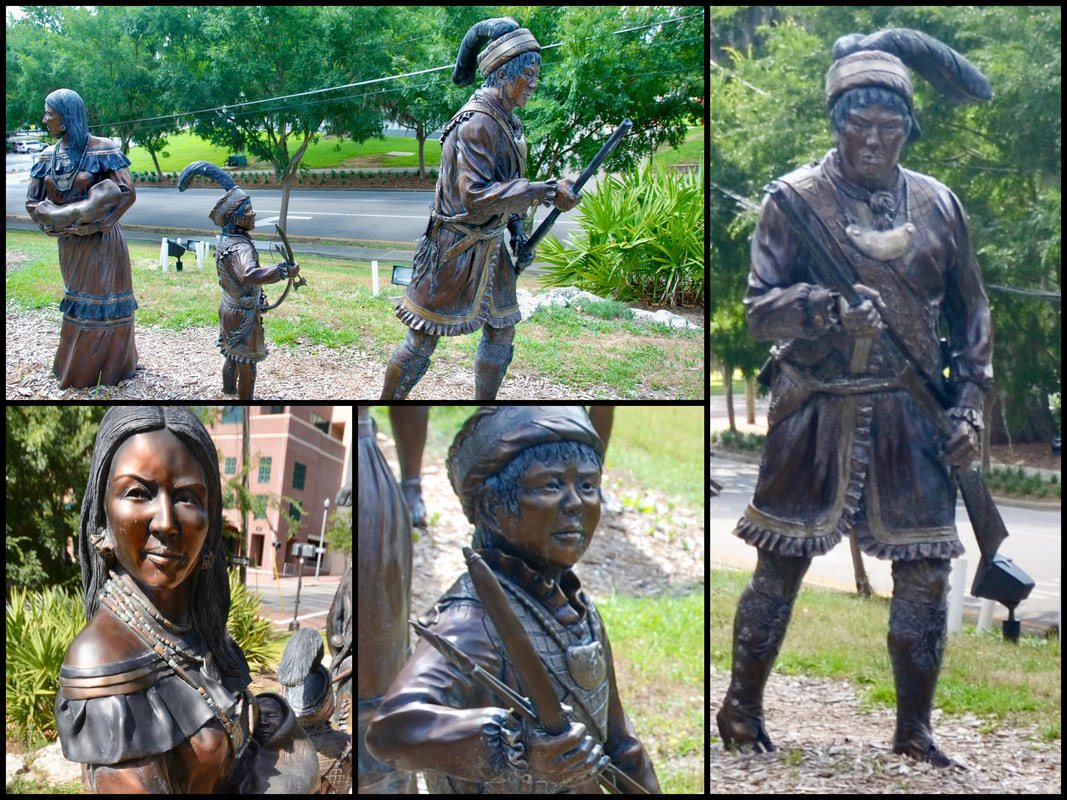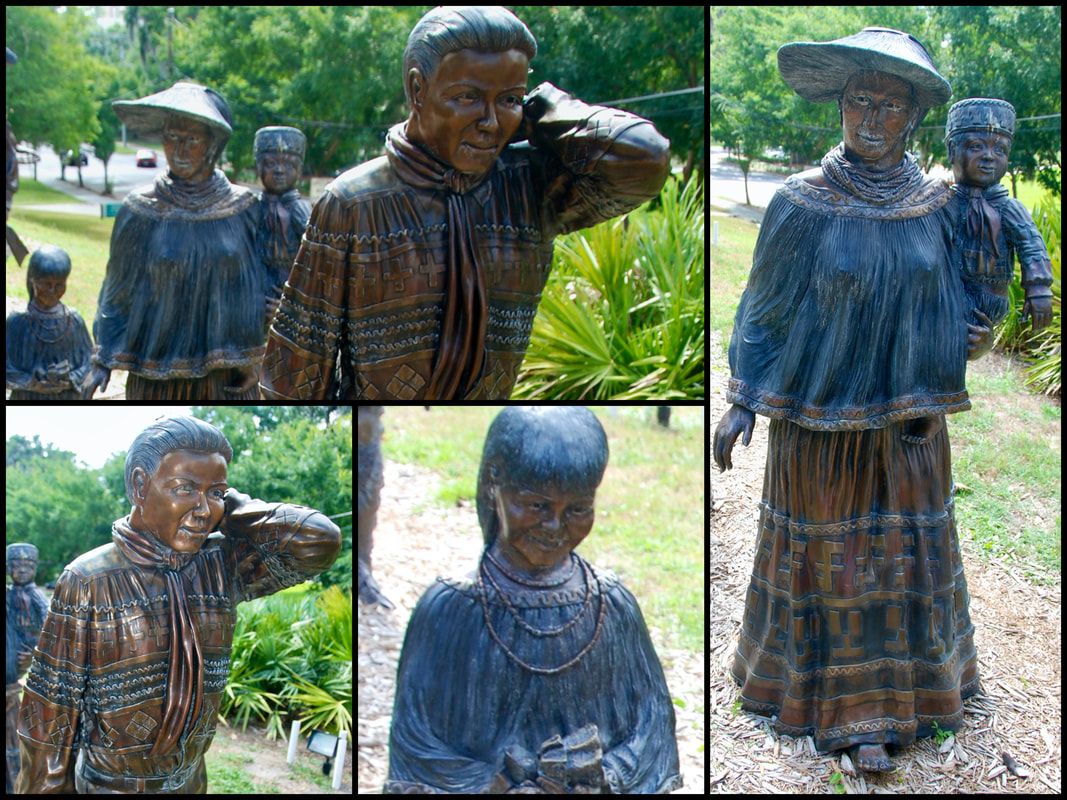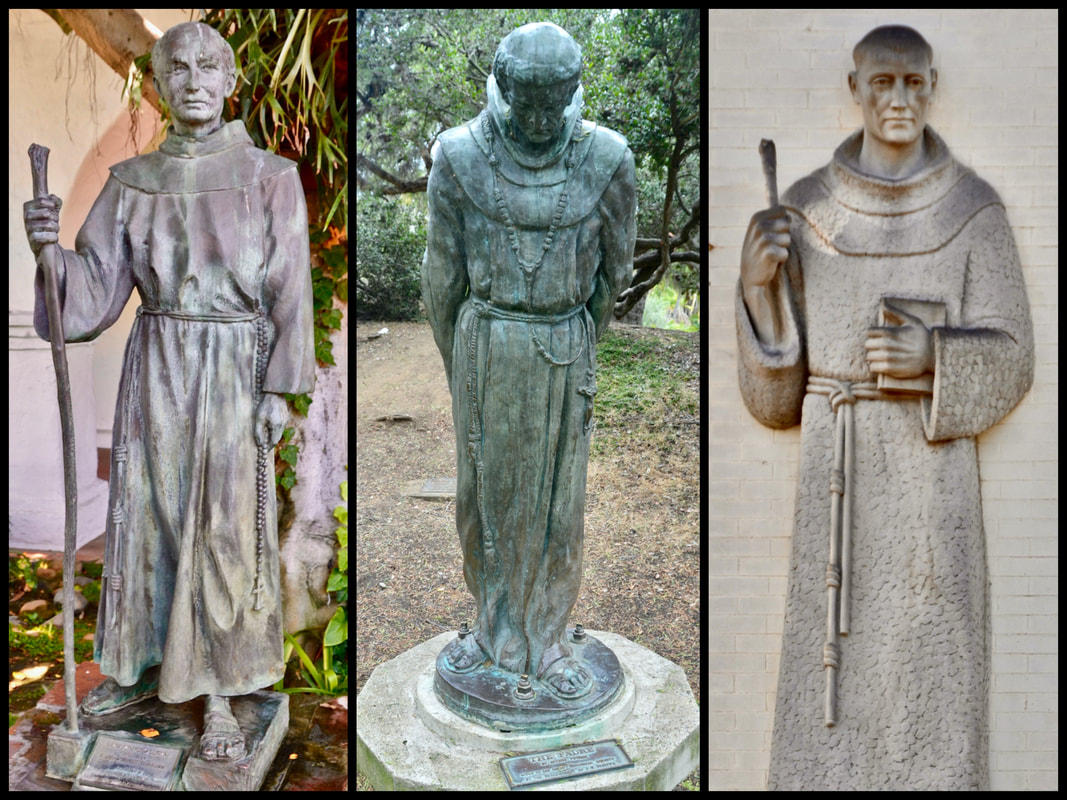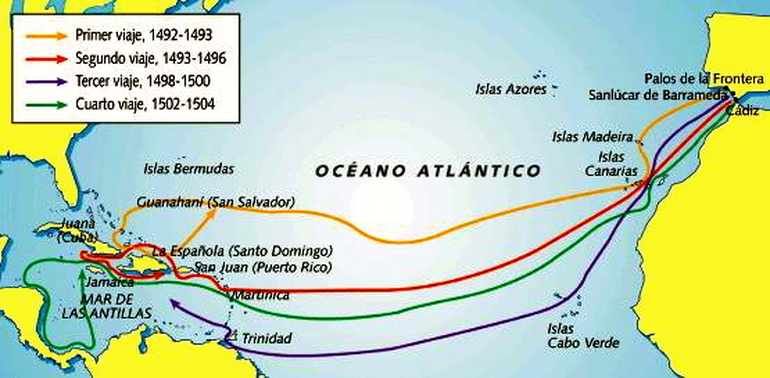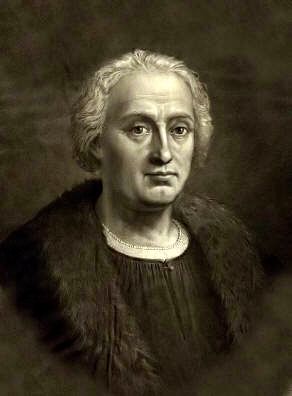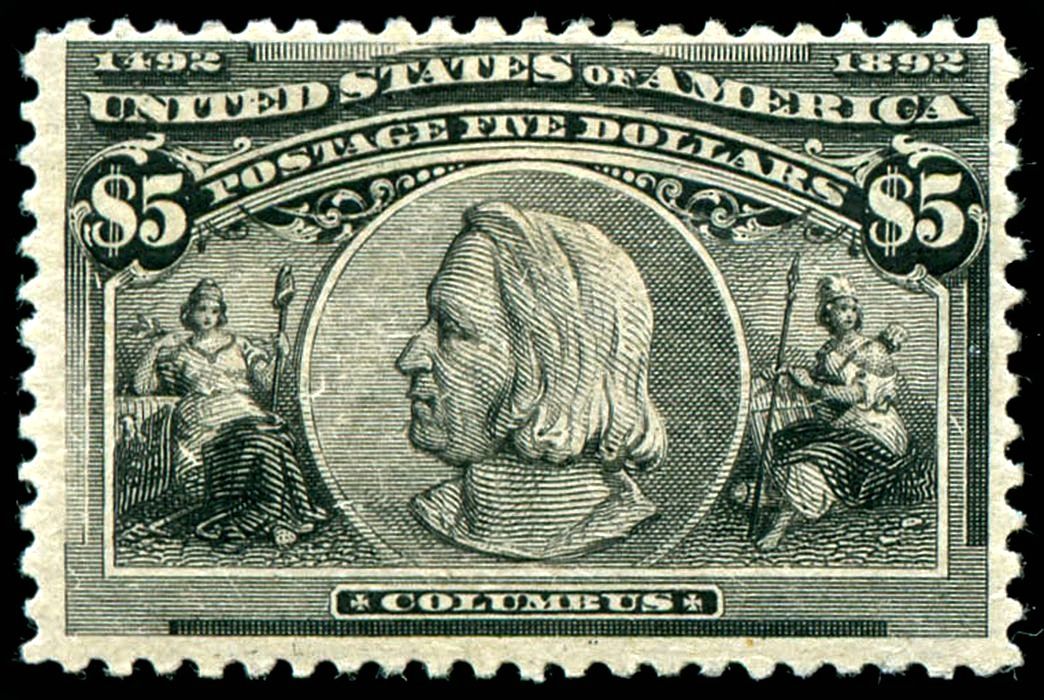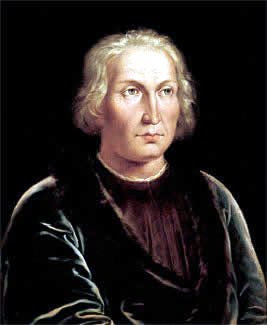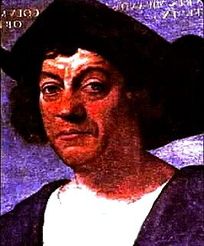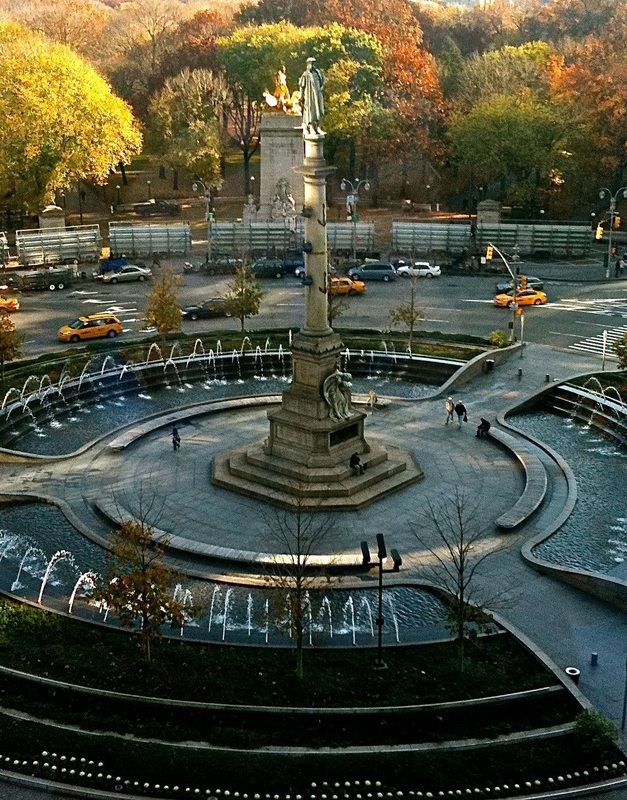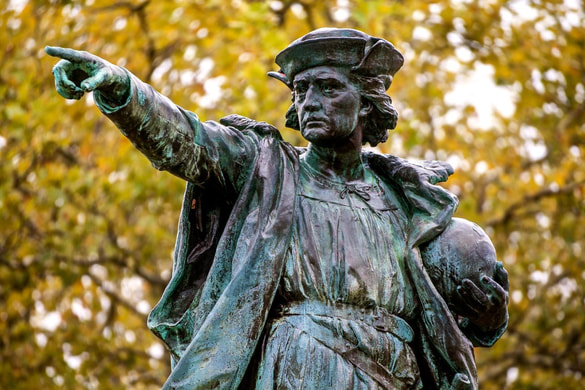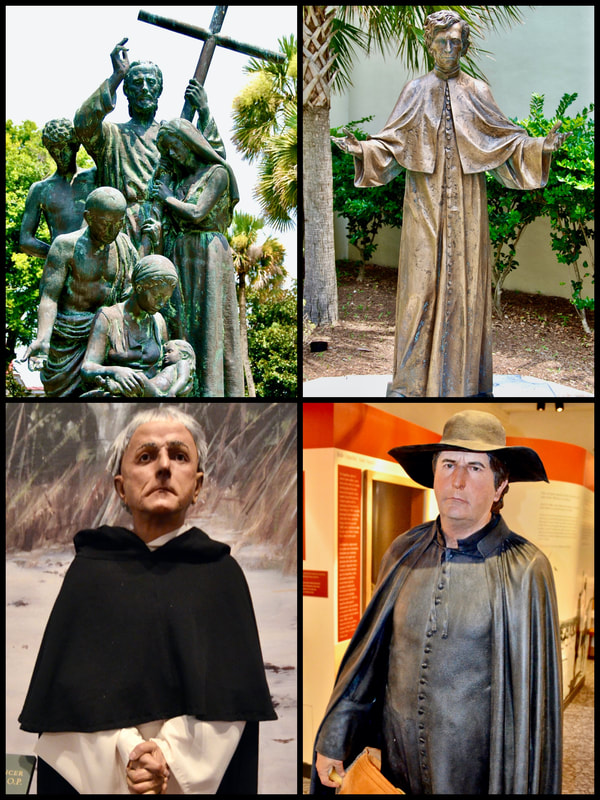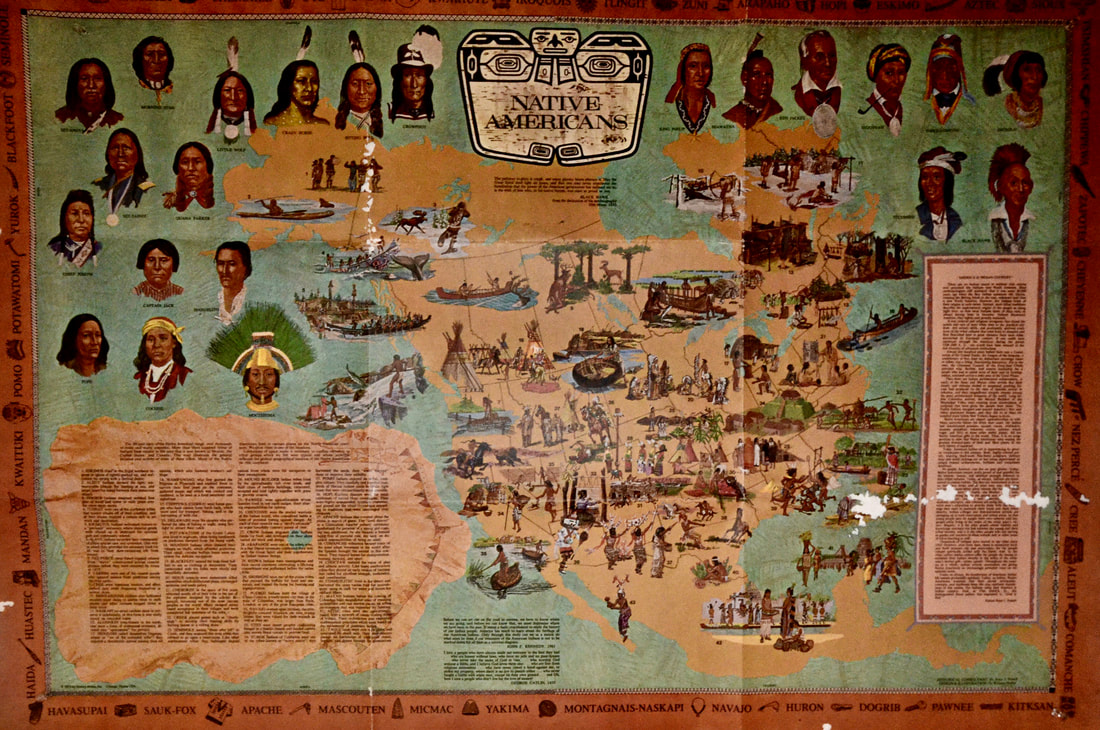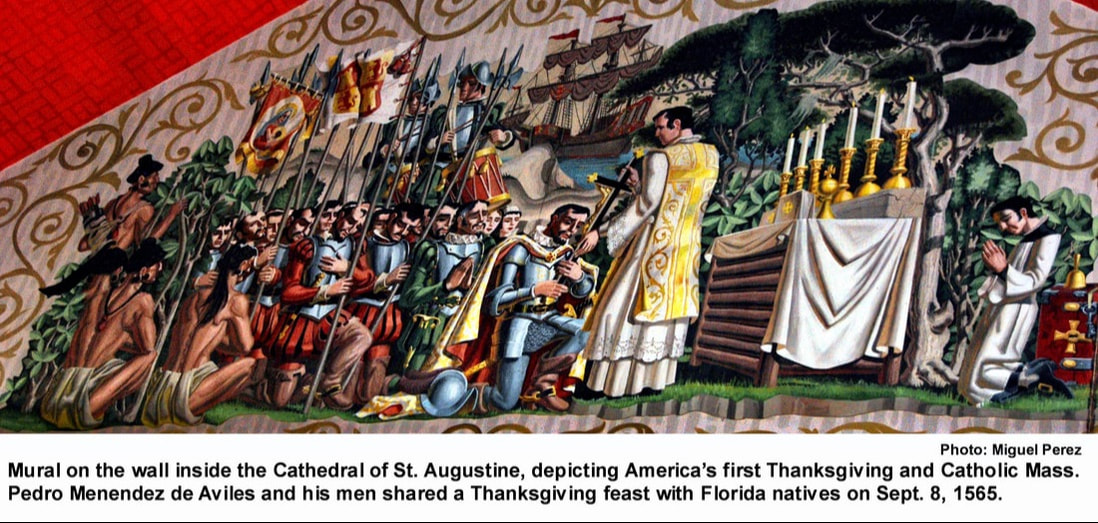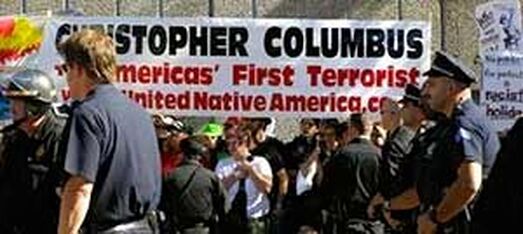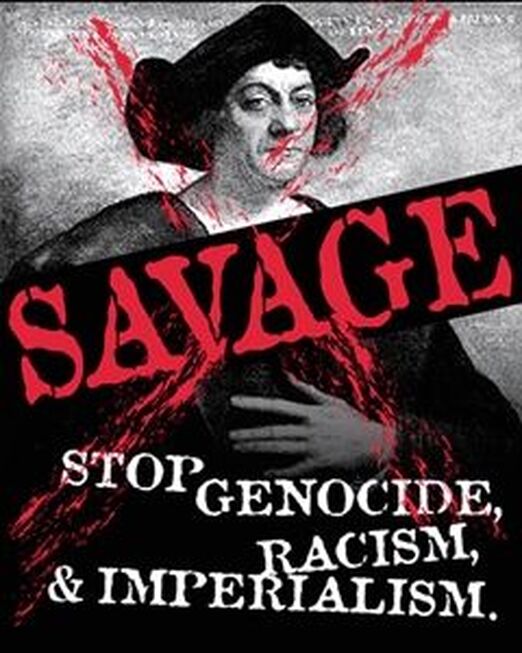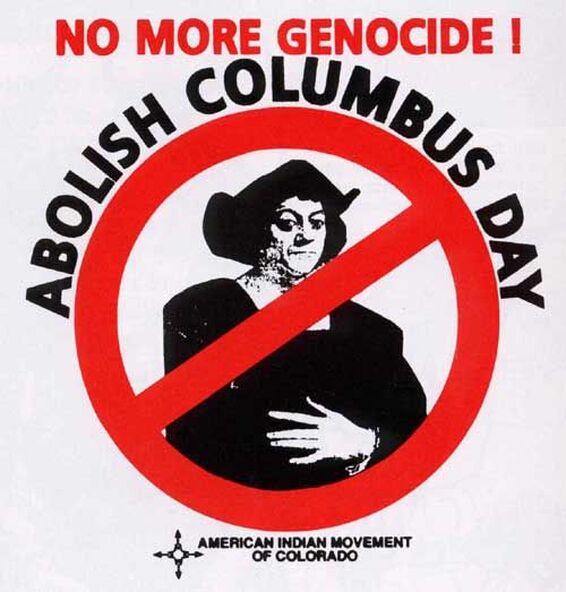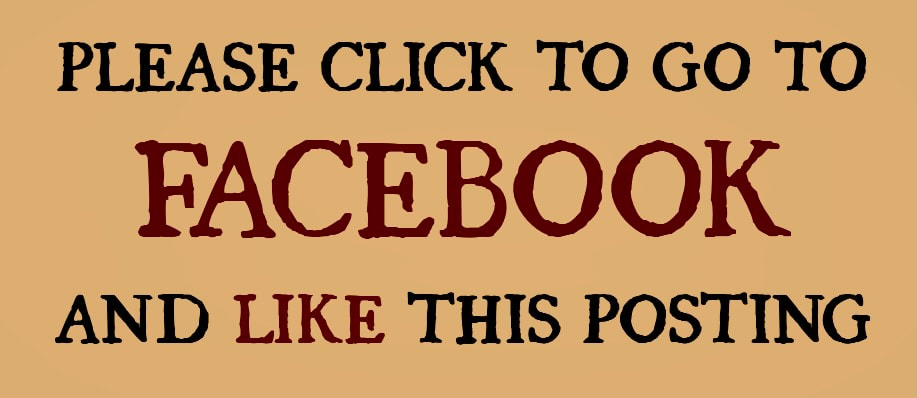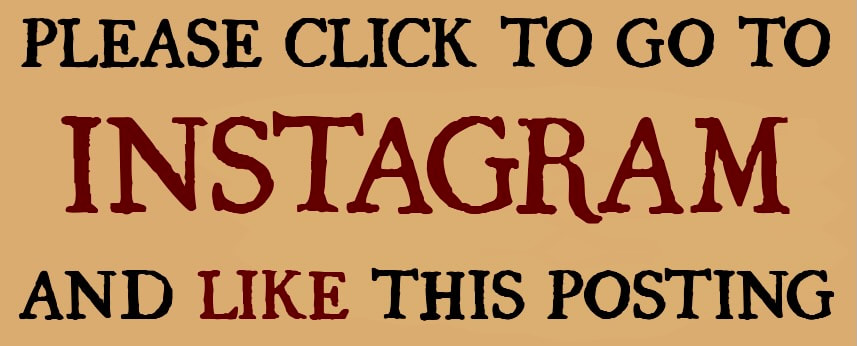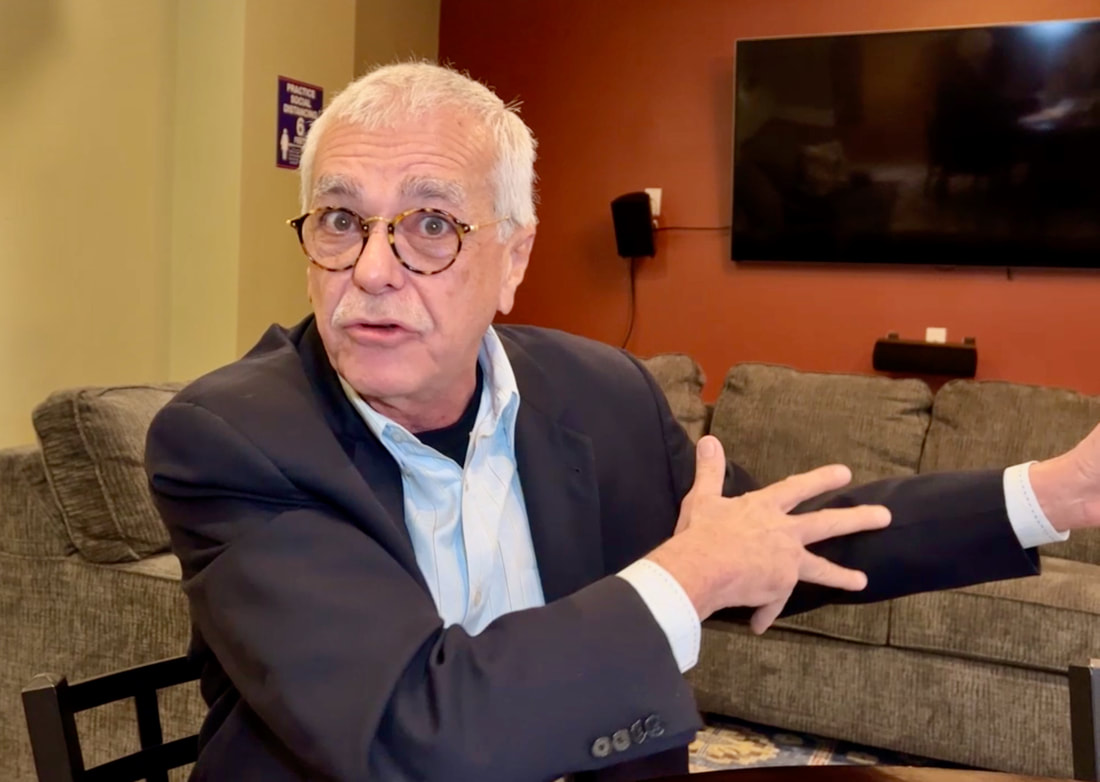10. Hispanic, Columbus or Indigenous Day?
In Spanish: ™DIA HISPANO, DE COLON O INDIGENA?
To respect one community,
|
|
Many of us still recognize him as that gutsy explorer who brought Europe to a New World and became one of history's greatest figures. But unfortunately, for some people throughout the hemisphere, Oct. 12 has become a day to malign the memory of Columbus, and to disrespect those who still honor his accomplishments!
On any other day of the year, an Indigenous Peoples’ Day is a wonderful idea. But to do it with bitter protests against Columbus, on the day when so many other people are rejoicing and expressing pride in their Spanish or Italian heritage, is divisive and in very poor taste – to say the least! American politicians know very well that, for Hispanics, Oct. 12 is much more than “Columbus Day.” They know it is our "Dia de la Hispanidad.” |
|
|
They also know that for Italian-Americans, Columbus Day is about much more than one Italian navigator who sailed for Spain in the 15th century. It’s about pride in their identity.
Yet Biden issued a proclamation officially commemorating Indigenous Peoples' Day on the same day as Columbus Day. And then he issued another proclamation recognizing Columbus Day on the same day as Indigenous People’s Day. It was a two-faced, hypocritical maneuver to cover his back. But in effect, he has turned a resentful “counter celebration” into a federal holiday. |
|
This is the guy who has been preaching that we must get along with each other. And yet now he is pitting Hispanics and Italians against U.S. Native Americans, to argue over one same official holiday.
All over this country, as documented by my photos, we still have beautiful monuments honoring Columbus, Native Americans and many Spanish explorers, missionaries and war heroes who have made tremendous contributions to this country. I fear that Biden's dual proclamations put them all in jeopardy. After creating considerable confusion about whether the Biden Administration was replacing one holiday with the other, White House Press Secretary Jen Psaki tried to back-peddle. "Well, today is both Columbus Day, as of now ... as well as Indigenous Peoples' Day," Psaki told reporters. "I'm not aware of any discussion of ending that either, ending the prior federal holiday at this point, but I know that recognizing today as Indigenous Peoples' Day is something that the President felt strongly about personally, he's happy to be the first president to celebrate and to make it, the history of moving forward." |
|
Of course, because it was a “first,” the media reported on one proclamation and buried the other, making it seem as if Indigenous People’s Day was totally replacing Columbus Day as a federal holiday, as has happened in many cities and states.
Instead, what we have from the federal government “moving forward,” is confusion and self-inflicted conflict. Biden’s two proclamations officially set up an unnecessary rivalry that has been brewing for years. "The contributions that Indigenous peoples have made throughout history — in public service, entrepreneurship, scholarship, the arts, and countless other fields — are integral to our Nation, our culture, and our society," Biden wrote in his proclamation. "Today, we acknowledge the significant sacrifices made by Native peoples to this country — and recognize their many ongoing contributions to our Nation." That’s terrific! Long-overdue recognition! But does it have to be on Columbus Day? Several states already celebrate "Native American Day" on various days in September, October or November. Why couldn't they pick one of those days? Why would Biden and other politicians choose to ditch our Hispanic/Italian day and replace it with a day for indigenous people? Could it be because Hispanics and Italians are not demanding respect? Could it be because they believe our Spanish ancestors were responsible for the genocide of Native Americans in what is now the United States? Don’t they know that, after the Spanish were long-gone, it was their own white ancestors who nearly exterminated U.S. Native Americans? |
|
And yet most Native Americans in what is now the United States were “displaced and decimated” by white Americans as the country expanded to the west, more than 300 years after Columbus landed in the Caribbean (and never came to what is now the United States).
To make matters worse, Biden’s Columbus Day proclamation mentions Italian-Americans four times, but Hispanics were not even mentioned. Columbus discovered the New World for Spain, with three ships full of Spanish sailors, but the Biden Administration clearly associates Columbus only with Italians. Is this ignorance or neglect? In his Indigenous People’s Day proclamation, Biden noted that, “Today, we also acknowledge the painful history of wrongs and atrocities that many European explorers inflicted on Tribal Nations and Indigenous communities.” But he makes no mention of the American settlers’ atrocities in the 19th century. “It is a measure of our greatness as a nation that we do not seek to bury these shameful episodes of our past — that we face them honestly,” Biden wrote. I wonder when he plans to start! American politicians need to learn that to defend the rights of Native Americans, they don’t need to be disrespectful to Hispanics and/or Italians – especially when they don’t even consider the genocide complicity of their own white ancestors. Of course, Columbus haters are having a great time. Apparently, they feel very courageous when they vandalize and knock down his statues. Because Columbus opened the gate to the New World, some people make it seem as if he personally ordered the slaughter of millions of indigenous people. Some extremists have compared him to Hitler; others have called him "America's first terrorist,” making their arguments laughable -- always bordering somewhere between ridiculous and ignorant. Surely, Columbus was no angel. The men under his command were terribly abusive to the natives of the Caribbean. But the haters want us to judge 15th and 16th century explorers by 21st century human rights standards. They blame Columbus for the genocide and enslavement of indigenous and African people, even if most of it occurred long after he was dead. They hold him responsible for the European viruses that killed thousands of natives, as if this was something he could have controlled. It’s absurd! Blaming Columbus for a holocaust is a terrible distortion of history, especially because, throughout the Americas, most of the killing was conducted, first and foremost, by deceases, followed by Spanish, English, French, Italian and Dutch explorers, and, in the United States, by settlers of the American West. Columbus haters refuse to see that if it had not been Columbus that opened the gate to the New World, someone else would have brought the same illnesses and explorers. The question is: Would they have all these prejudices if a British navigator had discovered the New World? They tell you that Columbus didn’t discover anything because there were people already living here, as if lands must be uninhabited to be discovered. They refuse to see that Spain discovered the New World – and its people! If Native Americans had crossed the Atlantic and discovered Europe – and its people – they would deserve credit and admiration too. |
|

